Lantern Festival lights up spring
2011-02-15 07:52:11
 Every week we look at a work of art or cultural relic that puts the spotlight on China's heritage.
Every week we look at a work of art or cultural relic that puts the spotlight on China's heritage.
Ancient Peking Opera theater thrives
2011-02-14 10:52:42
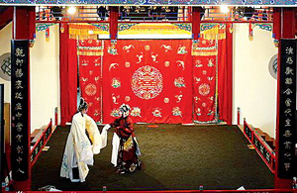 Want to watch an old-style Peking Opera performance? Then the Chinese capital's ancient Zhengyici Theater might be a good place to check out.
Want to watch an old-style Peking Opera performance? Then the Chinese capital's ancient Zhengyici Theater might be a good place to check out.
Hui-style architecture
2011-02-11 10:48:00
At the foot of picturesque Huangshan Mountain sprawl clusters of grey-tiled and white-walled houses.
Hakka heritage stages a show of force
2011-02-11 07:47:58
 Since the tulou - the earthen communal houses of the Hakka people - were inscribed on the UNESCO World Heritage List in 2008, they have become iconic attractions of Southeast China's Fujian province.
Since the tulou - the earthen communal houses of the Hakka people - were inscribed on the UNESCO World Heritage List in 2008, they have become iconic attractions of Southeast China's Fujian province.
Chiselled beauty
2011-02-10 07:53:48
 Venetian gondola makers fight for space to keep tradition alive.
Venetian gondola makers fight for space to keep tradition alive.
Exhibition of intangible cultural relics held
2011-02-10 06:51:14
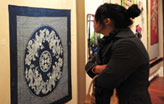 An exhibition featuring intangible cultural relics was held in Wuhan Wednesday. More than 200 items displayed at the exhibition attracted many visitors.
An exhibition featuring intangible cultural relics was held in Wuhan Wednesday. More than 200 items displayed at the exhibition attracted many visitors.
Crafting a revival
2011-02-09 08:16:44
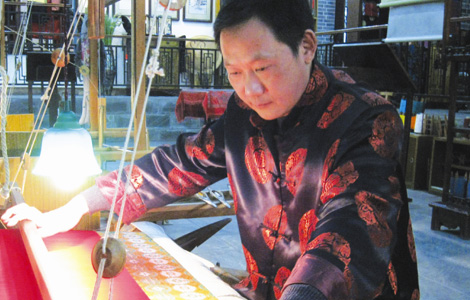 Shu brocade is a 2,000-year-old art form that faces challenges, although its practitioners are trying to adapt to the times.
Shu brocade is a 2,000-year-old art form that faces challenges, although its practitioners are trying to adapt to the times.
Ruins of wooden Great Wall discovered in NE China
2011-02-05 16:12:40
Archaeologists have identified the dilapidated walls in northeast China to be the remains of the "Wooden" Great Wall.
Count finds China's Palace Museum has 1.8 mln objects
2011-01-27 10:02:31
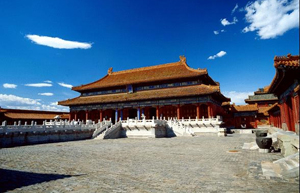 China's Palace Museum announced on Wednesday that a seven-year inventory reveals the museum's collection includes 1,807,558 objects.
China's Palace Museum announced on Wednesday that a seven-year inventory reveals the museum's collection includes 1,807,558 objects.
Xia cultural remains found in Laoniupo Site in Shaanxi
2011-01-26 10:35:28
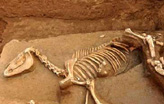 The Shaanxi Archeological Institute in northwest China announced over the weekend that mausoleums believed to belong to the Xia Dynasty were found in Laoniupo Site in Xi'an, capital of Shaanxi province.
The Shaanxi Archeological Institute in northwest China announced over the weekend that mausoleums believed to belong to the Xia Dynasty were found in Laoniupo Site in Xi'an, capital of Shaanxi province.
Secret of the bamboo code
2011-01-25 07:52:21
 Understanding cryptic slips from the Warring States Period (475-221 BC) is a painstaking process, but the first findings are already exciting academicians. Cheng Yingqi reports.
Understanding cryptic slips from the Warring States Period (475-221 BC) is a painstaking process, but the first findings are already exciting academicians. Cheng Yingqi reports.
Two new applications for UNESCO World Heritage list
2011-01-18 14:41:20
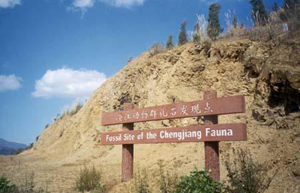 Yuannan province's Chengjiang fossils site, and the site of Inner Mongolia's Yuan Dynasty Upper Capital have both made application to UNESCO.
Yuannan province's Chengjiang fossils site, and the site of Inner Mongolia's Yuan Dynasty Upper Capital have both made application to UNESCO.